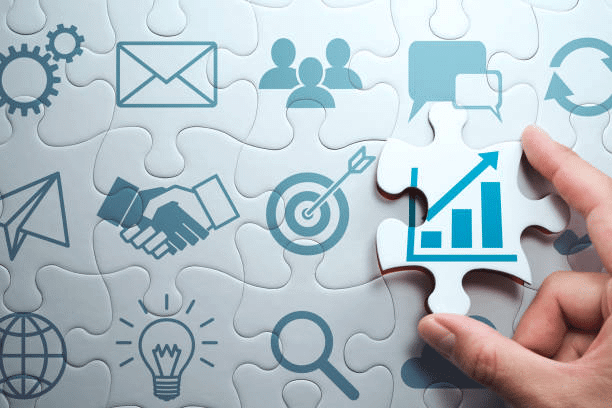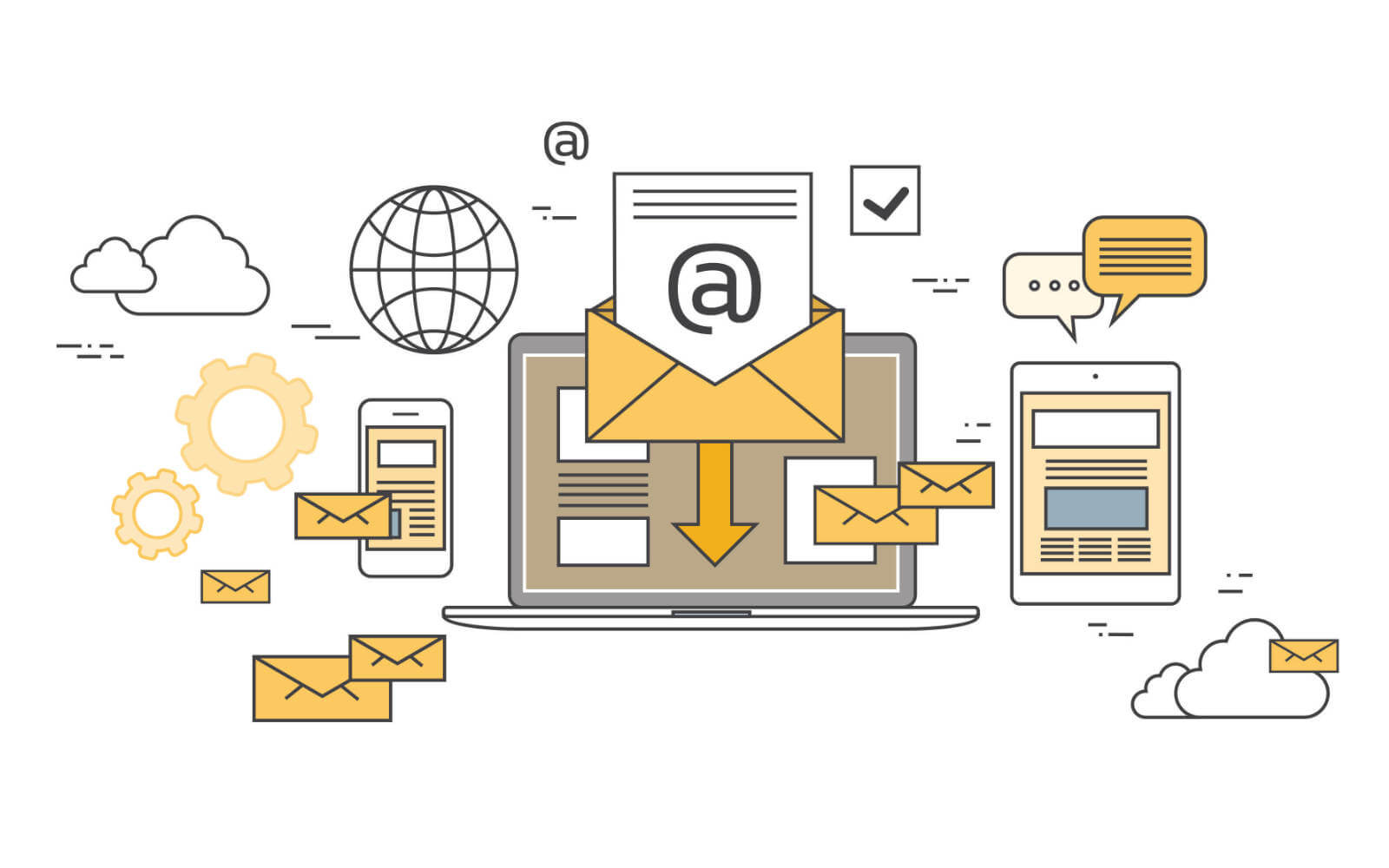
A famous marketing guru John McTigue says, “Statistics show that buyers want to learn at their own pace and be reached when they need more information or are ready to buy. A well-constructed marketing automation strategy makes that a reality.” So what is marketing automation? What are the examples of effective marketing automation? These are two fundamental questions that you’ll probably ask yourself when you hear about marketing automation.
Here is the point. Marketing activities like social media marketing, email marketing, or online ad campaigns are highly time-consuming and comprise repetitive tasks which really require some automation. Thus, the use of an intelligent platform to automate repetitive marketing tasks is known as marketing automation. In fact, it allows you to nurture potential customers with personalized content on a consistent basis.
According to Forrester’s Marketing Automation Technology Forecast, marketing automation is one of the fastest-growing technologies over the last few years. And today marketing automation tools are widely used not only by large enterprises but also by small and mid-sized businesses as well and have become a must-have approach.
To finally learn what is marketing automation, let’s check out some of the best and most practical examples.
Welcome Emails
One of the most significant examples of marketing automation is welcome emails l or a series of emails to onboard your customers. Welcome emails are the first impression on your subscribers. Generating a flow from welcome emails by offering your customers 10% on the first purchase or free shipping, you will assure their engagement. You can also send a number of educational emails, where you can introduce your products and demonstrate how they can be used.
Like the online retailer of tickets for Broadway, which demonstrates a great example of a welcome email. They place a form of subscription at the bottom of the webpage and after filling in the form, a subscriber gets a welcome email with discounts to make their first purchase.

Sales Follow-up
Congratulations, you engage new customers! But you shouldn’t forget about the considerable potential for revenue coming from your existing customers.
At this place, a sales follow-up strategy comes into play, which is a great way to increase your revenues by selling more to your existing customers. This period is called “the honeymoon phase,” when the client has just got the service, and you are feeling excited about your deal. In this phase, your attitude through automated follow-ups can make or break the future relationship with your customers.
Reminders
Reminder emails are a great opportunity to deliver a timely message to your customers and keep them buying your updated products or services over time. Especially this works when your reminders are based on a date. For example, Nissan collects data about their customers’ purchase dates of their cars, and after six months automatically send a reminder email to schedule the first service appointment. This is a leading part of Nissan’s marketing strategy as, after all, maintenance fees make for a huge portion of their net revenue.

Birthdays or Anniversaries
Another highly effective marketing automation strategy is sending your existing customers a special discount on their birthday or anniversary. This approach will drive your revenue and increase customer happiness at the same time.
Collect your customers’ date of birth through the required field during the registration and keep it for further usage. Once you have your customers’ birthdates in your email list, you can set up an email to automatically send on their birthday with a special offer to encourage them to make another valuable purchase. This strategy can be used when they make their first purchase, celebrate their one-year subscription, or invite friends.

Surveys
Another great marketing automation example is a survey to obtain feedback on products and services. Thanks to online surveys, you can handle your existing customers before launching a new release or marketing campaign. There are different types of surveys that may benefit your business:
- Customer Satisfaction Surveys enable you to get direct feedback from your customers.
- Market Research Surveys can help you learn more about your target audience.
- Event Surveys are used in the case of hosting events, presentations, or meetings.
Product Updates & Launches
With the use of marketing automation, the products’ updates and launches are an excellent way to reach out to their customers. Let’s see, how Canva decided to target consumers who need design work but don’t have advanced design skills. The product makes it easy for anyone to create and export beautiful designs for social media and other marketing campaigns. Their product updates reflect that. Even the design types indicate that this email was intended for someone working in marketing.

Newsletters
Newsletters used to be considered notification emails that would be sent out when something required to be announced. They provide a general view of what the brand has been up to and not a single announcement. Newsletters are set up to automatically send to subscribers on a specific basis, such as:
- Weekly
- Bi-weekly
- Monthly
- Quarterly
In conclusion
Therefore, let’s recap! The primary goal of marketing automation is to achieve better customer engagement and greater productivity. With all these marketing activities, it will be more painless for you to nurture your leads. To keep your customers engaged, it is necessary to interact with them regularly, which requires so many hours in the day. As a result, what can you undertake about it? Right, use marketing automation and reduce the burden of repetitive marketing tasks.
The Marketing Nerd provides you with all the marketing tips you will need for your business.







